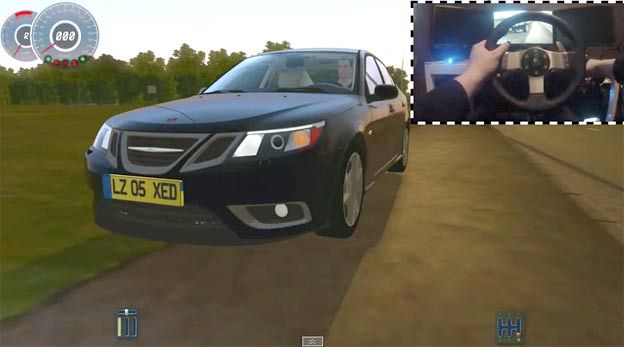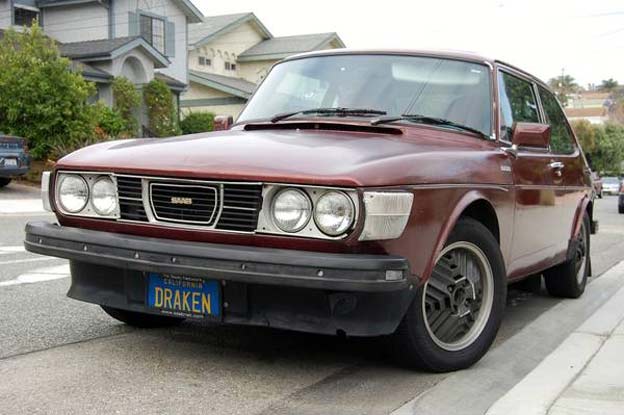The Motor (later, just Motor) was a British weekly car magazine founded on 28 January 1903 and published by Temple Press. It was initially launched as Motorcycling and Motoring in 1902 before the title was shortened. Unfortunately, The magazine was absorbed by its rival Autocar in 1988.
however, fortunately, The Motor Magazine used to write about Saab cars. Below is an interesting clip from their text about the new Saab 900 from a release issued in May 1978. the text was titled with “Saab’s amlost all-american 900“.
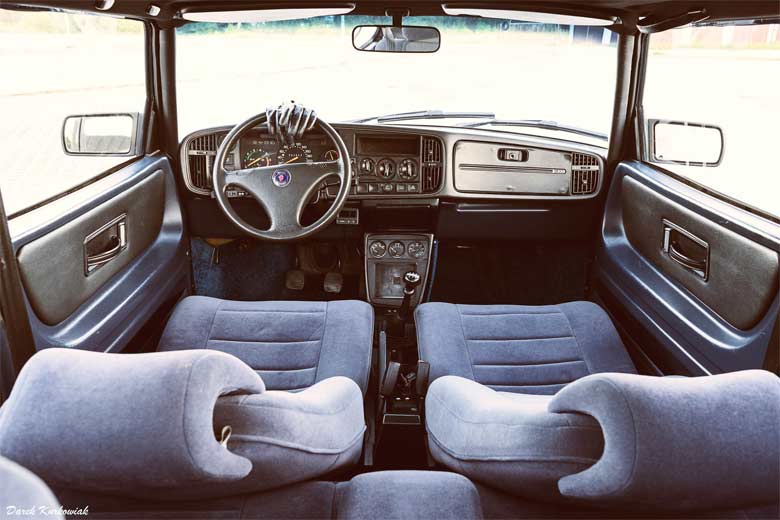
The text starts with this subtitle: An ever-increasing mass of safety legislation ln the USA has resulted in Sweden’s entrprising car/truck/aircraft manufacturer redesigning its 99 to such an extent that Saab’s engineers now refer to it as an entirely new car – Saab 900 –and continues further…
Saab is to launch a new car this autumn which has been designed to meet stringent forthcoming American safety standards. Called the 900, the model series retains the centre and rear sections of the existing Combi Coupe and combines them with a loner and lower front end. The cars also will be fitted with the same engine range as on the present 99 series, but Saab claim that the 900 possesses so many new features that it can justifiably be considered an entirely new car.
The new model series will suplement the 11-years-old 99 range of which the Turbo is the most recent edition. The 900 is 21 cm longer than the Combi Coupe and has a wheelbase which is 5 cm longer, but, say Saab, the new carhas about the same weight, performance and economy.
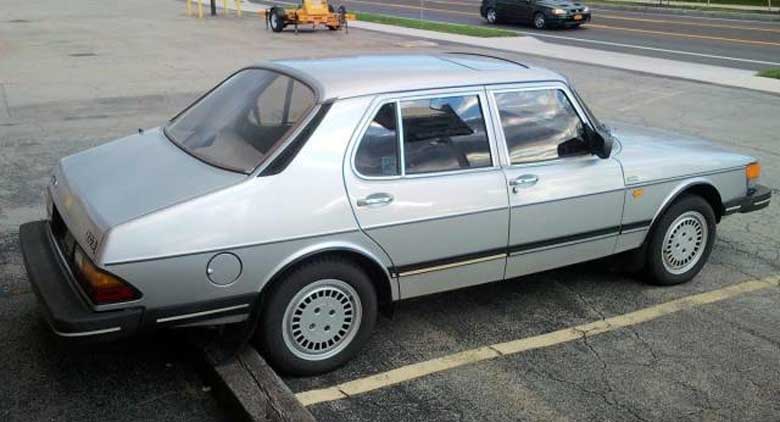
Outside, the 900’s most stiking feature is the new front and which is lower than that of the 99, enabling the windscreen to be enlarged by 3.5 cm at its bottom edge. There are two rectangular grilles in the new bonnet – one for a warm air outlet, primarily for ventilation when the car is stationary; the other an inlet for fresh air which passes through a novel filtering system before entering the heating and ventilation system.
The car’s large headlamp housings contain movable reflectors and there is provision fot fitting either manual or automatic levelling controls. All the 900s have a front spoiler and flying-chip protection made of thermoplastic rubber which is also used for the first time as the casing for the energy-absorbing bumpers. To meet the excating US demands which, will be introduced this autumn, these bumpers are different to those on the 99 and have a higher buckling limit.
Other exterior features on the 900 include new steel wheels and new grille designs which vary according to the model concerned.
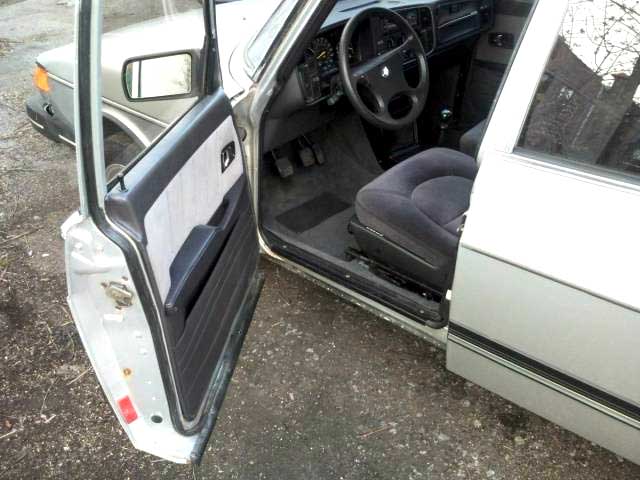
The 900’s interior features a new dashboard, moulded of foam on an energy-absorbing plastic frame, consisting of only five parts. This makes its easier to assemble but also improves safety standards. The steeering wheel mounting is a new cage structure secured to a cross memeber which, say Saab, will remain intact even at fairly high collision speeds resulting in an optimised squence of deformation and low g-forces. The 900 meets requirements due to be introduced in America in 1984 which relate to impact loads on the thing bones following a 50 kph (31mph) frontl collision. Also, from that date, air bag systems may be made compulsory in the USA and the Saab 900 includes provosion for the fitting of air bags in the steering wheel hub and glove compartment.
There is also provision for the plugi-in installation of air conditioning. More advanced features – mainly fot the American market – include an electronic puls transmitter in the speedometer which can be used for automatic speed control, and the provision for incorporating a reminder function in the warning panel which in America would act as a reminder fo catalyst filter replacment after 15,000 miles.
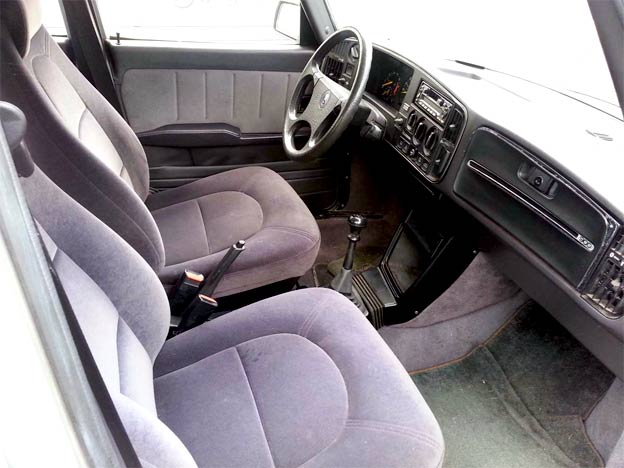
Other interior changes include better legroom in the back thanks to a new back seat design, larger pedal distances and wider pedal plates, and more space for the driver’s clutch foot (in LHD models).
The US safety demands for 1979 models specify that the windscreen must remain in place after a barrier collision at 30kph (18.6mph), with fuel tank full, with dummies corresponding to two persons, and, in case of the Saab 900 80 kg of luggage.
The engine range is the same as taht present 99 series: a twin carburetter version of the 1985cc SOHC unit developing 108 bhp; an injected version (118bhp) and a turbocharged version (145 bhp). Changes that appear on the 900 include a more efficient water pump and modifications to the turbocharged version. The latter’s ignition now has a self-retarding funcion which reduces the risk og pre-ignition at high speeds. Saab say that new design provides more effective isoaltion of engine vibrations and forces the engine downwards and backwards in the event of frontal collision.
The three-door 900 Turbo will be fitted with Pirelli P6s tyres while the five-door version will have the new Michelin 390 TRX tyres.






